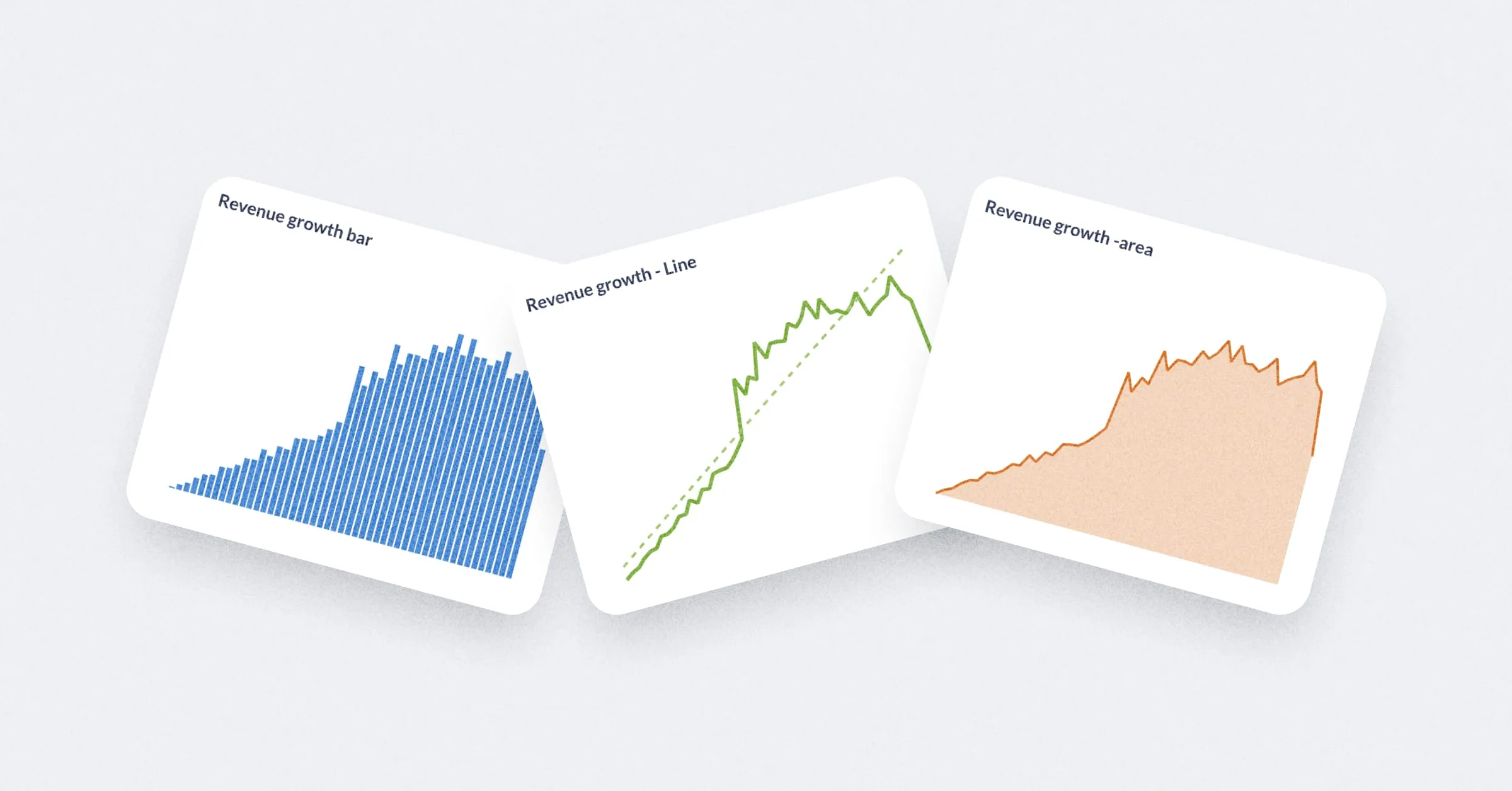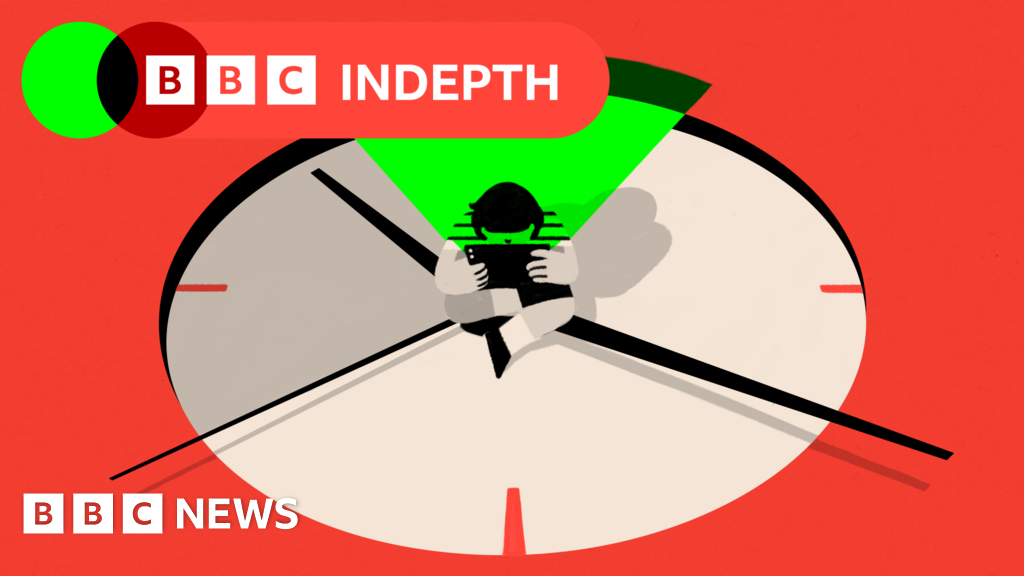
How to visualize time-series data: best practices
Here’s a guide to best practices in time-series visualization, covering chart selection, data structure, and advanced techniques. We’ll skip the mechanics of creating charts, and focus on the principles behind building clear and impactful time-based visualizations,
We also made a time-series cheat sheet dashboard with everything we’ve discussed about time-series visualizations, from selecting the right chart type to structuring your data for comparison across time periods. Bookmark it and use it as a reference for your next time-series visualization.
Time-series data refers to a sequence of data points that include datetimes. Unlike other types of data, time series data is ordered chronologically, where each data point represents a specific moment in time, such as hourly, daily, or monthly measurements.
Examples of time-series data include stock prices, weather temperatures, sales figures, or economic indicators like GDP. These data points are typically grouped by a particular time granularity, like daily sales or weekly temperature readings.














